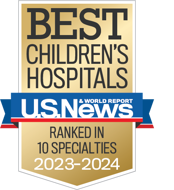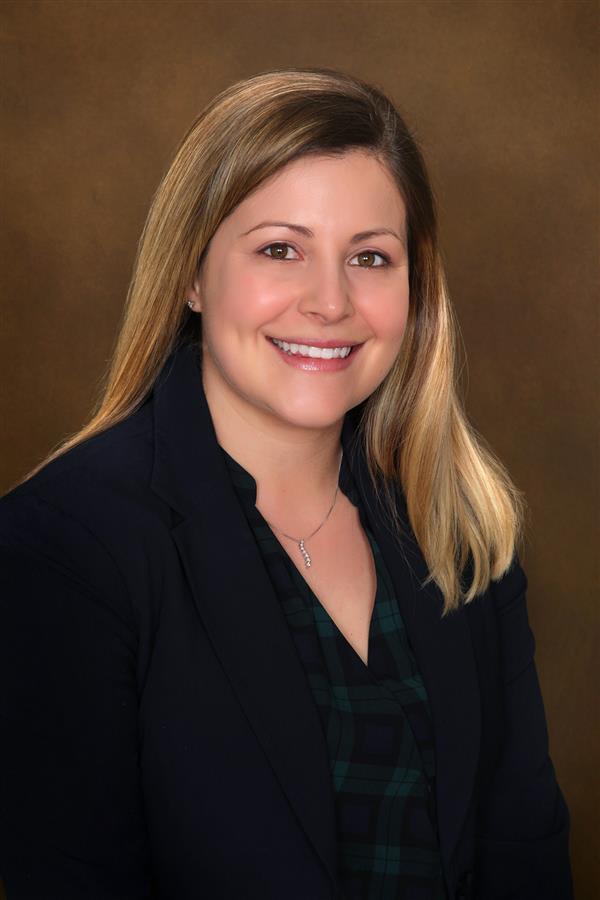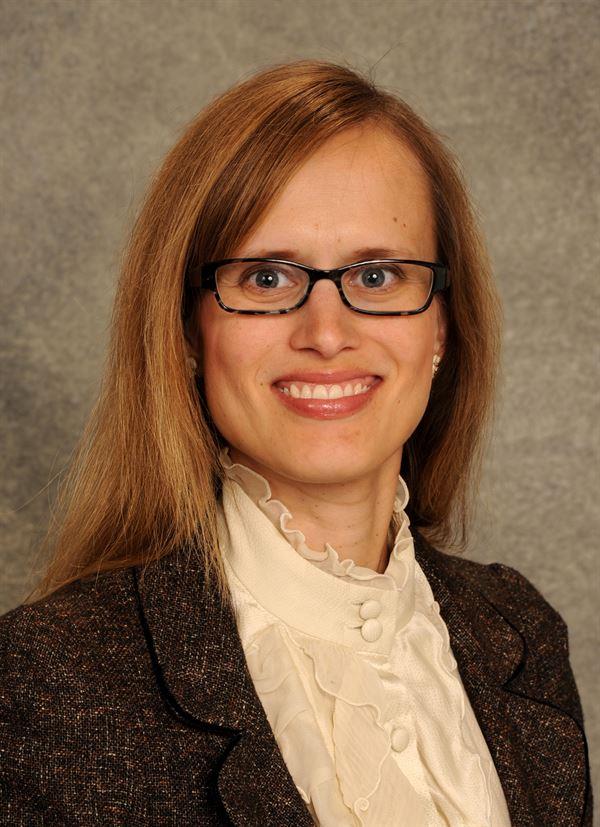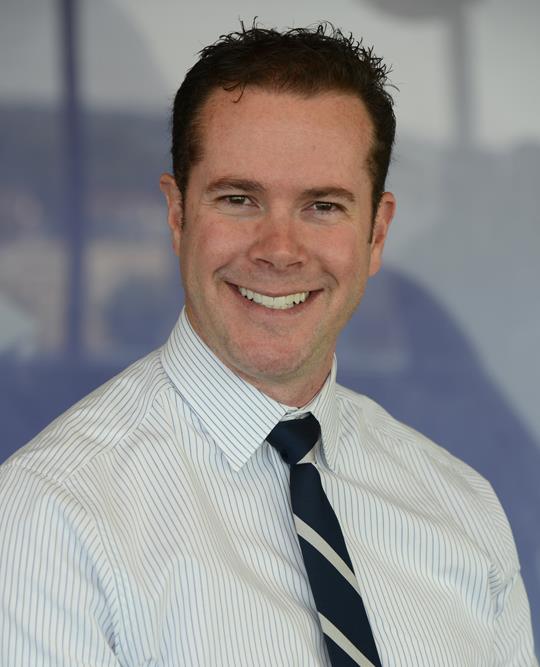- Doctors & Departments
-
Conditions & Advice
- Overview
- Conditions and Symptoms
- Symptom Checker
- Parent Resources
- The Connection Journey
- Calm A Crying Baby
- Sports Articles
- Dosage Tables
- Baby Guide
-
Your Visit
- Overview
- Prepare for Your Visit
- Your Overnight Stay
- Send a Cheer Card
- Family and Patient Resources
- Patient Cost Estimate
- Insurance and Financial Resources
- Online Bill Pay
- Medical Records
- Policies and Procedures
- We Ask Because We Care
Click to find the locations nearest youFind locations by region
See all locations -
Community
- Overview
- Addressing the Youth Mental Health Crisis
- Calendar of Events
- Child Health Advocacy
- Community Health
- Community Partners
- Corporate Relations
- Global Health
- Patient Advocacy
- Patient Stories
- Pediatric Affiliations
- Support Children’s Colorado
- Specialty Outreach Clinics
Your Support Matters
Upcoming Events
Colorado Hospitals Substance Exposed Newborn Quality Improvement Collaborative CHoSEN Conference (Hybrid)
Monday, April 29, 2024The CHoSEN Collaborative is an effort to increase consistency in...
-
Research & Innovation
- Overview
- Pediatric Clinical Trials
- Q: Pediatric Health Advances
- Discoveries and Milestones
- Training and Internships
- Academic Affiliation
- Investigator Resources
- Funding Opportunities
- Center For Innovation
- Support Our Research
- Research Areas

It starts with a Q:
For the latest cutting-edge research, innovative collaborations and remarkable discoveries in child health, read stories from across all our areas of study in Q: Advances and Answers in Pediatric Health.


Craniofacial Center
Hemifacial Microsomia (Goldenhar Syndrome)
We treat kids like they should be treated: like kids. That’s why we designed our hospital just for them.

What is hemifacial microsomia?
Hemifacial microsomia, also known as first and second branchial arch syndrome, craniofacial microsomia, oculo-auriculo-vertebral sequence or Goldenhar syndrome, is a condition characterized by abnormalities of the face. Phenotypic variability is great; however, the ear and jaw are most commonly affected. The eye, cheekbone and skull may also be involved. Intelligence is usually normal. Conductive or sensorineural hearing loss may occur. Individuals with the above abnormalities and epibulbar dermoids (benign cysts) and vertebral abnormalities may have Goldenhar syndrome, a diagnosis similar to hemifacial microsomia.
Who gets hemifacial microsomia?
Hemifacial microsomia is a rare congenital craniofacial condition that occurs in 1 of 5,600 newborn babies. It most often occurs sporadically, meaning that the condition is only rarely inherited. A parent with hemifacial microsomia has a 2-3% chance of passing the condition to a child.
What are symptoms of hemifacial microsomia?
Patients with hemifacial microsomia have differences involving the structures of the face. Typically the ear and jaw are smaller and abnormally formed on the affected side. The eye, cheekbone and skull may also be affected. In 10-25% of children, both sides of the face can be involved. The degree of asymmetry can range from barely noticeable to severe:
- Skull: The temporal fossa may be involved, which can lead to abnormalities of the head shape and jaw joint.
- Eye: The orbital bony structures and the eye may be smaller on the affected side or be entirely absent. Epibulbar dermoids (benign cysts) or notches may be present on or around the eye.
- Cheek: Abnormalities of the bones of the cheek and upper jaw may cause a flattened appearance. The muscles, nerves and soft tissues may also be affected and contribute to weakness or asymmetry on the affected side. The child may have skin tags or macrostomia (wide mouth).
- Ear: Differences in the ear may range from normal appearance to anotia (no ear). Patients typically have some degree of microtia (small or abnormally developed ear). Hearing loss may occur.
- Jaw: The mandible may be shortened and crooked on the affected side, causing a canted and abnormal bite. The chin may not be centered. Abnormalities of the teeth are not uncommon.
How is hemifacial microsomia diagnosed?
Examination of your child's face and body will help guide your child's doctor at Children's Hospital Colorado towards a correct diagnosis. A CT and/or an MRI will be used to diagnose the changes in the skull and face that are associated with hemifacial microsomia.
How is hemifacial microsomia treated?
The Craniofacial Center at Children's Colorado will perform a thorough evaluation of your child. Your child may also see other specialists to better diagnose and treat his or her particular condition(s). Together we will create a comprehensive treatment plan for your child.
The main concerns in the early treatment planning for children with hemifacial microsomia have to do with vision, breathing and hearing. Not all children with hemifacial microsomia will have each of these problems.
Vision and eye function will be assessed by an ophthalmologist. Ointments may be used in the eyes, particularly when sleeping, to protect the corneas. The orbit and zygoma (cheekbone) may need to be reconstructed with bone grafts or implants. The timing of this type of surgery is determined by the severity and presentation of your child's symptoms. If there are no functional concerns regarding the orbit, this operation is usually done after the age of 7, when the growth of the midface is nearly complete.
The small jaw that is often associated with hemifacial microsomia may contribute to breathing and eating problems. Positioning, special feeding devices or tubes may help with these issues. If the symptoms are severe enough, a procedure to lengthen the mandible (lower jaw) may be recommended. Some children with difficulty breathing will require a tracheostomy. Some children with a particular type of lower jaw deformity may be candidates for a bone graft to lengthen the mandible. This is usually done between 6-12 years of age. Orthognathic jaw surgery may be recommended in late adolescence.
If your child has a cleft palate, surgical correction may be undertaken between 9-18 months. Speech therapy may also be necessary.
An audiologist and an otolaryngologist will evaluate your child for hearing problems and to make recommendations regarding the need for hearing assistive devices. Abnormalities of the external ear may be addressed, if necessary, when the child has completed approximately 80% of ear growth. Correction may be undertaken in a staged approach with separate surgeries beginning after the age of 6. An alternative to this is the creation of a prosthetic ear.
Next steps
-
Would you like to learn more about us?
Learn more about the Craniofacial Center -
Do you have questions about your child’s condition?
720-777-5578

Compassionate care, wherever you are
We’re here when you need us. Telehealth appointments are available across every specialty, so you can get the high-quality care we’ve always offered from the comfort, privacy and convenience of home.
See if telehealth is right for you
Get to know our pediatric experts.

Rachel Burns, CPNP-PC
Certified Pediatric Nurse Practitioner
Patient ratings and reviews are not available Why?

Lindsay Dyer-Kindy, PA-C
Physician Assistant

Annie Kulungowski, MD
Surgery - Pediatric, Surgery, Surgical Critical Care




 720-777-0123
720-777-0123



